GENERAL DATA
Plant Parts: Underground rhizome
Cultivation Mode: Wild collection/ Cultivated
In Manufacturing: Pharmaceutical, cosmetics, incense, perfumery, joss stick, herbal tea.
🌿 Industries That Use Nutgrass Rhizome (Cyperus rotundus L.)
Nutgrass (Cyperus rotundus) is a medicinal sedge with aromatic rhizomes widely used in Ayurveda, Traditional Chinese Medicine, and Unani systems. The dried rhizome is the primary commercial part, offering a wide range of applications across wellness, cosmetics, pharmaceuticals, and agriculture.
1. Pharmaceutical & Traditional Medicine Industry
Nutgrass rhizome is a cornerstone in traditional medicine, valued for its digestive, anti-inflammatory, and hormone-balancing properties.
Applications include:
-
Treatment of digestive issues (gas, diarrhea, indigestion)
-
Regulates menstruation and helps with menstrual cramps
-
Used for fever, skin disorders, and urinary tract issues
-
Considered a rejuvenative herb in Ayurveda (Rasayana)
✅ Forms: Dried rhizome powder, tablets, capsules, decoctions, tinctures
2. Aromatherapy & Essential Oil Industry
The essential oil extracted from Cyperus rotundus rhizomes is widely used for its woody, spicy, earthy aroma.
Key Uses:
-
Anti-stress and relaxation in diffuser blends
-
Used in Ayurvedic massage oils
-
Incorporated in natural perfumes and incense
✅ Rich in sesquiterpenes, cyperene, and patchoulene-type compounds
3. Cosmetic & Skincare Industry
Nutgrass rhizome extract is known for its skin-lightening, anti-inflammatory, and soothing qualities.
Applications include:
-
Skin depigmentation (natural brightening)
-
Anti-aging and anti-acne herbal products
-
Scalp treatment in anti-dandruff and itch-relief formulas
✅ Common in herbal creams, masks, scalp tonics, and soaps
4. Food & Beverage Industry (Traditional)
In some cultures, Nutgrass rhizomes are used:
-
As an herbal tea ingredient for digestion and detox
-
In herbal ghee preparations in Ayurveda
-
Sometimes ground and added to spiced milk tonics
✅ Not typically consumed in raw form due to bitterness
5. Agricultural & Natural Pesticide Industry
-
Though often seen as an invasive weed, its essential oil is studied for insecticidal and antifungal properties
-
Rhizome-based extracts may be used in biopesticide development
6. Textile & Dyeing Industry (Traditional Use)
-
Used historically in some regions to prepare black dye
-
Blended with iron salts and other botanicals to dye wool and fabric
✅ Niche but culturally significant
✅ Summary of Key Applications
| Industry | Applications |
|---|---|
| Pharmaceutical & Herbal | Digestive tonic, menstruation regulator, detoxifier |
| Aromatherapy & Perfumery | Grounding scent, massage oils, incense |
| Cosmetic & Skincare | Skin brightening, anti-aging, anti-acne |
| Food & Traditional Drinks | Herbal decoctions, Ayurvedic ghees, spiced teas |
| Agriculture | Potential natural insecticide and antifungal |
| Textile & Dye | Traditional dyeing, especially black tones |
🌿 Key Features:
-
Part Used: Rhizome (dried, powdered, or steam-distilled)
-
Color: Brownish-gray rhizomes
-
Taste/Smell: Bitter, earthy, slightly camphoraceous aroma
-
Main Compounds: Cyperene, α-cyperone, patchoulene, flavonoids, alkaloids
-
Energy (Ayurveda): Cooling, tridoshic balancer
-
Other Names: Nagarmotha (India), Motha, Musta, Xiang Fu Zi (TCM)
HARVEST CALENDAR
Feb
Mar
Apr
May
Jun
Jul
Aug
Sep
Oct
Nov
Dec
To order Nutsedge root, please contact us.
About Cyperus Rotundus
Cyperus rotundus rhizome is the swollen parts of the underground stem of an herbaceous and perennial plant whose height reaches eighty centimeters.
This plant has relatively thin and straight stems with a triangular cross section.
The leaves are elongated, very long, narrow, pointed, and flexible. These leaves grow in two parts of the plant. Many at the bottom of the plant near the ground, and three leaves at the top of the stem and below the flowers. The lower leaves of the plant are larger.
The flowers are elongated and reddish-brown and grow in clusters at the top of the stems.
Its underground stems are thin and produce tubers at regular intervals, from which new aerial stems grow. These tubers are small, swollen, slightly elongated, oval, sometimes drop-shaped and rarely spherical. But in general, they do not have a regular shape. The color of these tubers is black and the inside is white and they have a fragrant smell.
The best Common Nutsedge rhizome is large, fully ripen and aromatic. It has a very spicy taste. Its surface color is black and its interior is white.
Nutgrass Temperament
At the end of the second degree of hot and dry.
Nutgrass Health Benefits
This rhizome strengthens memory and nerves, strengthens stomach and sexual power.
Nut-sedge rhizome is diuretic, emmenagogue, stone breaker, vasodilator, stomachic and carminative.
It removes infection, brightens the complexion, strengthens the digestive power and is useful for cold headaches, bad breath, nasal polyps, hemorrhoids, palpitation, jaundice, stomach ulcers, and scorpion stings. Eating Cyperus rotundus tubers with Turpentine fruit oil warms the kidneys and bladder and improves back pain, strangury, old fevers, and vomiting.
If you grind Purple Nutsedge rhizome and put it on the fire in a clay dish and dry it, eating it daily on an empty stomach will strengthen the stomach and help treat heartburn due to indigestion.
Its drops in the ear improves hearing heaviness.
Its uterine suppository with Turpentine fruit oil tightens the cervix and relieves the coldness of the uterus.
Rubbing its powder on the gums is a tonic for the gums and teeth, makes the mouth smell good and heals its wounds. Its poultice on chronic wounds which is caused by too much moisture causes flesh to grow and relieves cold pains. Washing the face with its decoction beautifies the complexion.
Nutgrass Dose
From 2 to 7 grams.
Nutgrass Side Effects
Pharynx, voice, and lungs. Excessive consumption of Nut-grass rhizome causes burning of blood and leprosy.
Nutgrass Modifiers
Sugar for pharynx and voice, Anise for lungs. To prevent the harm of burning blood and leprosy, you should soak Cyperus rotundus tubers in honey and vinegar for three days. The tubers of Cyperus rotundus should not be consumed with its roots. Because the roots neutralize the effects of its tubers.
To order Nutgrass galingale rhizome, please contact us.

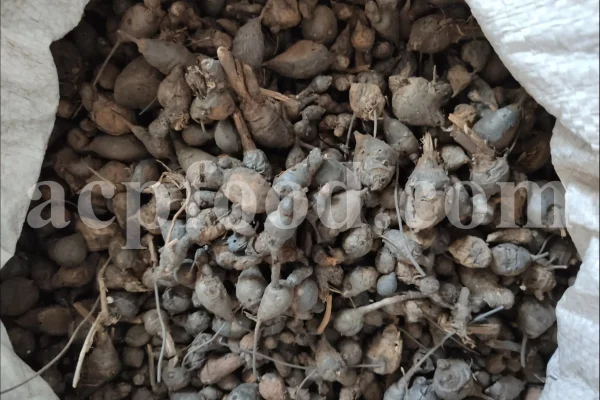
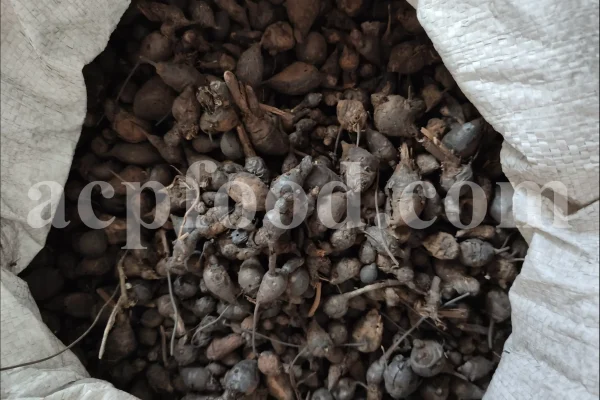


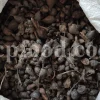

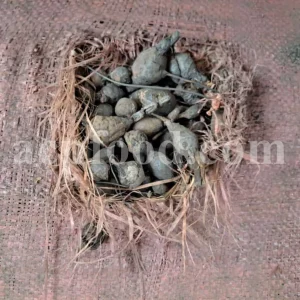
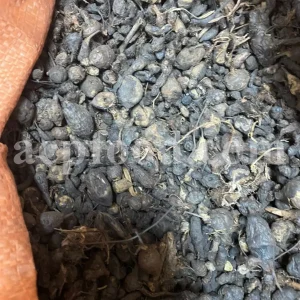
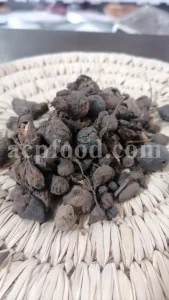
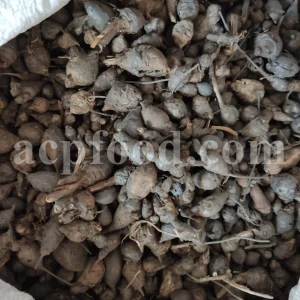
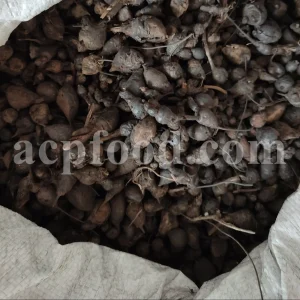
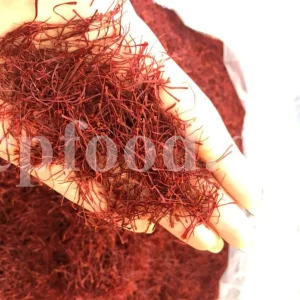

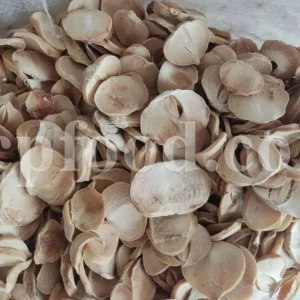
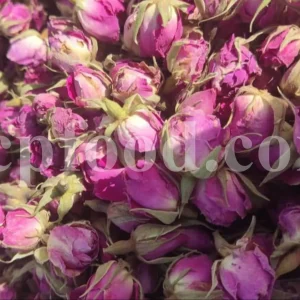
Reviews
There are no reviews yet.